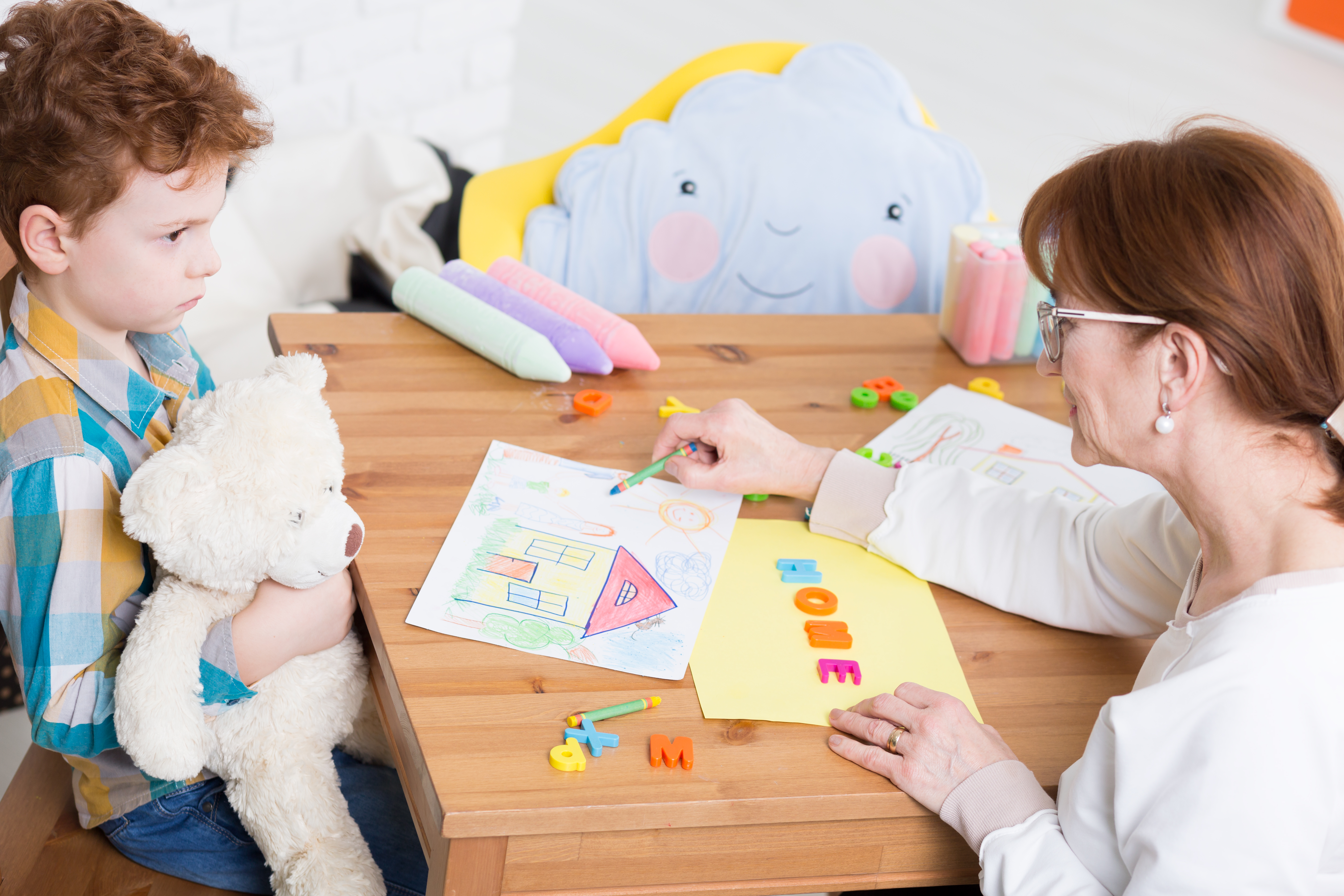
Sensory Integration and Play Form the Bedrock of Occupational Therapy for Children With Autism
Advocates and researchers agree that providing occupational therapy for children with autism spectrum disorders spurs developments in communication, motor skills, self-care and social interaction. The experts also agree that each child with autism will benefit from a different, highly personalized program of occupational therapy interventions that are delivered in cooperation with parents, teachers and other health care professionals.
Recognizing why this consensus exists requires no more than acknowledging that occupational therapists excel at helping patients with physical, cognitive and emotional limitations develop independent living skills.
OT interventions designed around sensory integration and playing produce some of the best results. Each is introduced briefly here as a means of inspiring traveling occupational therapists to take on the challenges and realize the rewards of working with children with autism.
Sensory Integration as Occupational Therapy for Children with Autism
Autism spectrum disorders disrupt children’s capacities to acknowledge, process and respond to visual, auditory and physical stimuli such as touch and motion. Such difficulties can lead to outbursts, withdrawal, avoidance, obsessiveness and resistance. By helping a child integrate sensations, an occupational therapist increases the child’s ability to remain calm and eager to learn higher-level skills.
OT interventions for sensory integration therapy take many forms. A common intervention involves applying gentle pressure to a child’s knees and elbows to decrease overreactions to touch. A more advanced intervention involves having a child wear a weighted vest to improve balance.
Play as a Delivery Vehicle for Occupational Therapy for Children with Autism
Engaging in floor play involving books, blocks or balls offers many opportunities to match physical movements with sensory input for very young children with autism. For older children, riding on a swing, spinning, solving puzzles and using exercise equipment like trampolines or jump ropes do the same. Making OT interventions more like games also helps hold a child’s interest as he or she acquires skills.
Carefully designed play activities promote development in all of the following ways:
- - Increases attention span and stamina
- - Increases body awareness
- - Improves posture and muscle control
- - Improves the ability to manipulate objects
- - Decreases aggression due to frustration or disappointment
- - Improves communication and cooperation
As children with autism spectrum disorders make gains in their ability to play, they also make progress in their abilities to do things like use brushes, transition smoothly from one activity to another and interact with new people.

Learn More About Occupational Therapy for Children with Autism
In a fact sheet titled “Occupational Therapy’s Role with Autism,” the American Occupational Therapy Association notes, “occupational therapy services focus on enhancing participation in the performance of activities of daily living (e.g., feeding, dressing), instrumental activities of daily living (e.g., community mobility, safety procedures), education, work, leisure, play and social participation.”
Achieving optimal outcomes in all these areas requires deploying a far wider array of OT interventions than the few outlined in this article. Travel occupational therapists looking for more ideas can get them from the Treatment & Therapies section of The Autism Speaks 100 Day Kit for Newly Diagnosed Families of Young Children.
Another valuable resource is the still-widely cited the July 2008 American Journal of Occupational Therapy meta-analysis “Evidence-Based Review of Interventions for Autism Used in or of Relevance to Occupational Therapy.” Authors Jane Case-Smith and Marian Arbesman summarize what has worked and what has not in:
- - Sensory integration and sensory-based interventions
- - Relationship-based, interactive interventions
- - Developmental skill-based programs
- - Social cognitive skill training
- - Parent-directed or parent-mediated approaches
- - Intensive behavioral intervention
Additional Allied Healthcare Resources:
- AMN Passport: Our all-in-one allied app for booking allied travel jobs.
- Refer-a-Friend: Make up to $2,000 per referral.



